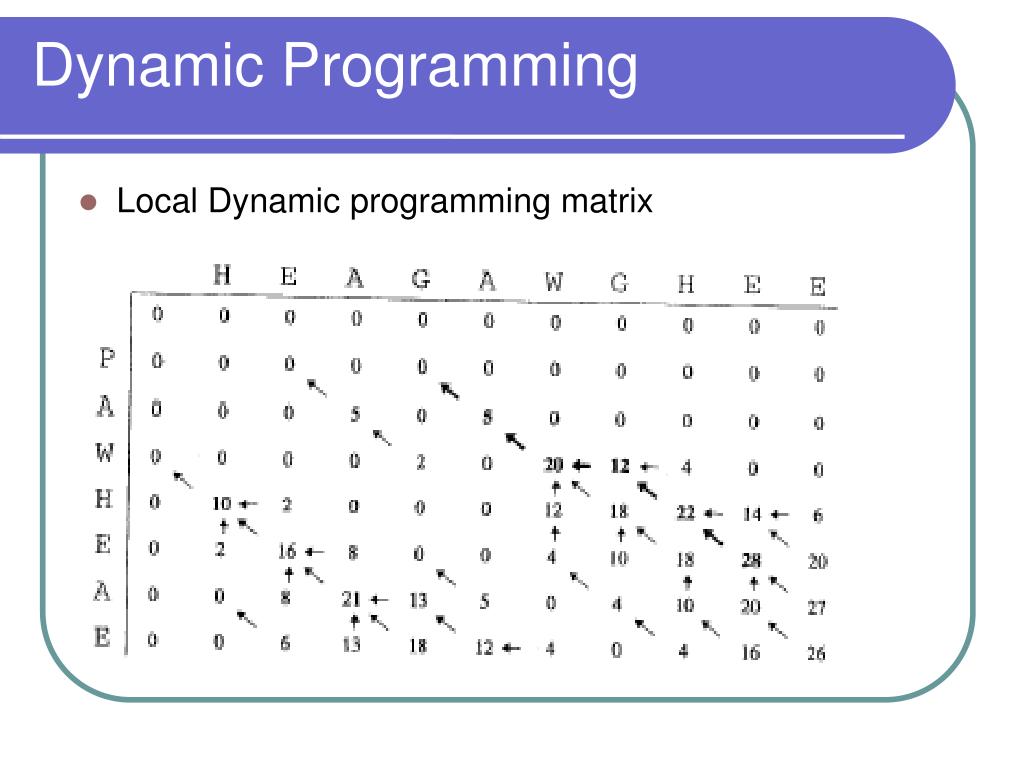
 Advanced evaluation, patterns and neat algorithms. Links to more advanced aspects of the program that you can start to appreciate once you understand the basics are provided in separate answers (below) as this post became too large. This represents a huge amount of information of course it's not exhaustive so feel free to improve it! Also, don't hesitate to share it and suggest other interesting links! Remember, you can always search the online Documentation Center of Mathematica, that is identical to the built-in help of the latest software version. As this site is dedicated to Mathematica it makes more sense to maintain it here. Journal of Health Economics, 31(1), 243-256.Here's a collection of resources that I started on Mathgroup ( a collection of Mathematica learning resources) and updated here at Stack Overflow. Thinness and obesity: a model of food consumption, health concerns and social pressure. A rational eating model of binges, diets and obesity. Journal of Economic Psychology, 30(4), 552-562. I am getting tired: effort and fatigue in intertemporal decision-making. We will replicate the results contained in Lucas, Recursive Methods in Economic Dynamics. McGraw-Hill, New York: New YorkĪ harder-to-digest handbook on dynamic programming is N. (1992): Elements of Dynamic Optimization. program in EconomicsĪ friendly introduction to optimal control theory is in Chiang, A. students to model and solve intertemporal problems which can be relevant for their research projects and that will be treated more in depth in other courses of the Ph.D. For the lab with Mathematica, bring your laptop (and install Mathematica: trial version here). No prior knowledge is required, but prior exposure to optimal control methods is helpful. explicit solutions of linear-quadratic models. matrices: determinant, trace, eigenvalues. graphical representation, plot manipulation. Sufficient conditions and transversality conditions. Intertemporal choice: assumptions and implications. The second part of the course will be used to learn to solve a dynamic optimization problem using Mathematica, a software which helps solving and representing equations, functions and other mathematical issues.
Advanced evaluation, patterns and neat algorithms. Links to more advanced aspects of the program that you can start to appreciate once you understand the basics are provided in separate answers (below) as this post became too large. This represents a huge amount of information of course it's not exhaustive so feel free to improve it! Also, don't hesitate to share it and suggest other interesting links! Remember, you can always search the online Documentation Center of Mathematica, that is identical to the built-in help of the latest software version. As this site is dedicated to Mathematica it makes more sense to maintain it here. Journal of Health Economics, 31(1), 243-256.Here's a collection of resources that I started on Mathgroup ( a collection of Mathematica learning resources) and updated here at Stack Overflow. Thinness and obesity: a model of food consumption, health concerns and social pressure. A rational eating model of binges, diets and obesity. Journal of Economic Psychology, 30(4), 552-562. I am getting tired: effort and fatigue in intertemporal decision-making. We will replicate the results contained in Lucas, Recursive Methods in Economic Dynamics. McGraw-Hill, New York: New YorkĪ harder-to-digest handbook on dynamic programming is N. (1992): Elements of Dynamic Optimization. program in EconomicsĪ friendly introduction to optimal control theory is in Chiang, A. students to model and solve intertemporal problems which can be relevant for their research projects and that will be treated more in depth in other courses of the Ph.D. For the lab with Mathematica, bring your laptop (and install Mathematica: trial version here). No prior knowledge is required, but prior exposure to optimal control methods is helpful. explicit solutions of linear-quadratic models. matrices: determinant, trace, eigenvalues. graphical representation, plot manipulation. Sufficient conditions and transversality conditions. Intertemporal choice: assumptions and implications. The second part of the course will be used to learn to solve a dynamic optimization problem using Mathematica, a software which helps solving and representing equations, functions and other mathematical issues. 
Technicalities will be mentioned as far as they are necessary for the correct solution of the problem. intertemporal consumer theory, life-cycle theories) and in macroeconomics (e.g.

The course will provide an introduction to some dynamic optimization methods in continuous and discrete time (optimal control problems, Hamilton-Jacobi-Bellman equations and Bellman equations) which are widely employed in the economic literature, both in microeconomics (e.g.







 0 kommentar(er)
0 kommentar(er)
